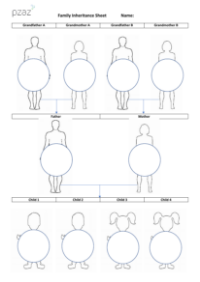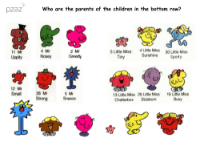Inheritance - Self Assessment

Science Resource Description
Understanding inheritance is fundamental in the study of biology. It involves recognising that species produce offspring which bear resemblance to their parents. This similarity is due to the genetic information that is passed down from parents to their offspring. However, it is equally important to comprehend the reasons behind the differences observed between parents and their offspring. These differences arise from the combination of genetic material during reproduction, resulting in unique traits and characteristics in the offspring. This concept is a cornerstone of genetics and explains the variation seen within a species.
Moreover, grasping the concept of why offspring differ from one another is crucial. Despite sharing the same parents, each offspring has a distinctive combination of genes. This is because of the random assortment of chromosomes during the formation of reproductive cells and the subsequent fusion of these cells from each parent. As a result, siblings may exhibit a wide range of physical attributes, behaviours, and susceptibilities to diseases, showcasing the diversity that inheritance brings within a single family. A teacher's guidance in these topics helps to clarify misconceptions and deepen the students' understanding of genetic inheritance and variation.








